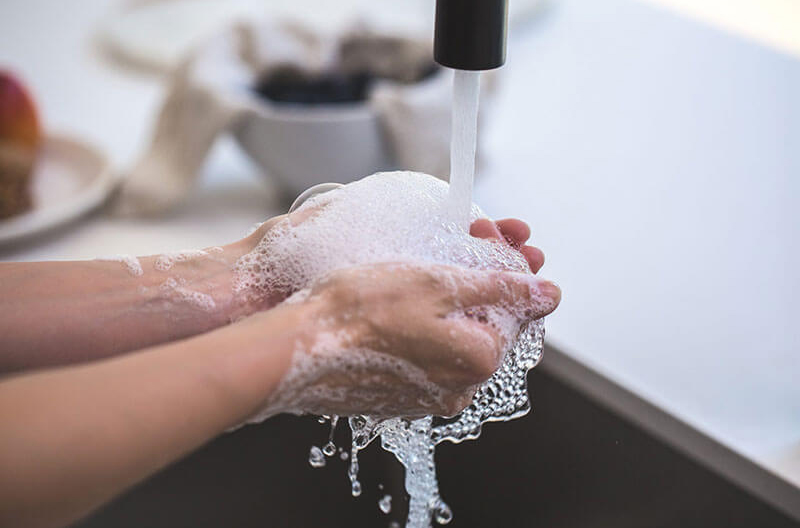To say the coronavirus pandemic has disrupted consumer behavior would be an understatement. Everything about consumers’ purchase behavior, from what they buy to where they buy it, has been shaken up, and everyone is calling into question things they once took for granted as “safe.” Here’s how these new trends in consumer packaging will impact the reusable packaging industry in the mid and long-term, according to the Reusable Packaging Association.
Debunking the myth that single-use packaging = hygienic
The general public has historically assumed single-use disposable packaging is synonymous with hygienic; the assumption being that newly-manufactured packaging is by its very nature sanitary. In the current environment, however, people are becoming aware of just how many hands touch single-use packaging between manufacture and consumption. From people wiping down cereal boxes (unnecessary, by the way) to leaving e-commerce packages on the porch for days before touching, consumers are handling single-use packaging differently for added safety assurances.
“No disposable package is today sterile, just to be explicitly clear,” said Tom Szaky, founder and CEO of TerraCycle, in a recent interview with Grist. Similarly, a statement by Upstream confirms, “Single-use disposables are subject to whatever pathogens have settled on them from manufacture, transport, inventory stocking and eventual use.” Of course, the chances of transmitting coronavirus through packaging of any kind are thought to be extremely low. According to the Centers for Disease Control, “…touching a surface or object that has the virus on it and then touching their own mouth, nose or possibly their eyes…is not thought to be the main way the virus spreads.”
Still, the consumer behavior mentioned above shows the long-held public perception of the hygienic nature of single-use packaging is in question. In its place, there is now a hyper-focus on packaging sanitation processes and innovations—topics perhaps well-known to logistics and supply chain professionals, but as-yet unfamiliar to the general public.
The growing importance of sanitation processes for packaging
Forced to make hard decisions amidst all the unknowns of the coronavirus, companies like Starbucks and Dunkin Donuts have banned customers from bringing in reusable cups and some retail stores have banned reusable bags due to fears these items could potentially spread the virus if contaminated. These widely publicized actions have sparked a new public discourse about sanitation and different types of packaging, and how such items are sanitized.
The recent attention on packaging sanitation is new to many consumers, who’ve never thought twice about the cleanliness of the reusable plates, silverware and containers they utilize every time they eat in a restaurant. Now, some consumers are questioning sanitation processes even within their own homes—an unnecessary concern, according to Vineet Menachery, an assistant professor of microbiology at the University of Texas Medical Branch. Says Menachery, in an interview with Grist, “When it comes to reusable cups, mugs and plates, plain old soap and water does the trick.”
This attention can be expected to impact expectations on packaging of all kinds in the future, which will be a boost for the reusable packaging industry, as well-defined and sophisticated sanitation processes are already part of existing business models.
Hygiene innovation in reusable models
Necessity is the mother of invention, and the Coronavirus pandemic has already proven to be one tough mother, spurring major leaps forward in shared/reuse model hygiene.
Wheels, a shared bike service, is outfitting its bikes with self-cleaning NanoSeptic handlebars and brake levers. According to the company’s website, “NanoSeptic’s technology, which is powered by light, uses mineral nano-crystals to create an oxidation reaction that is stronger than bleach.” This technology is then applied to skins and mats to turn anything covered in its material into a self-cleaning surface.
Corplex, a leading corrugated plastic extrusion company, has developed translucent polycarbonate dividers to enable easy social distancing in office and warehouse environments. According to the company’s website, these hygienic dividers are easy to install, “…thicker than cardboard dividers, ideal when bigger wall partitions are needed…allowing good light transmission.”
In a post-Coronavirus world, these shared reusable models will emerge even stronger and more trustworthy to consumers, having made major advancements in addressing hygiene concerns through new product innovations and process validations.

